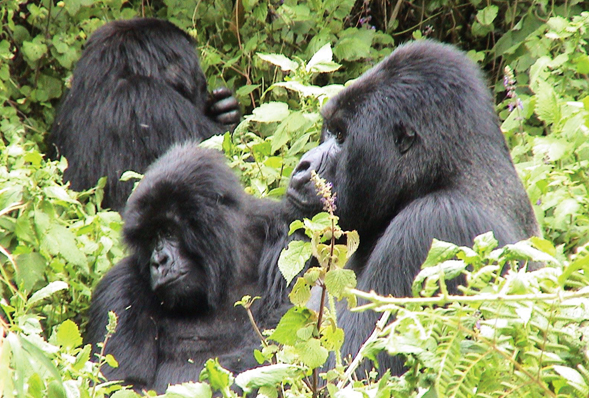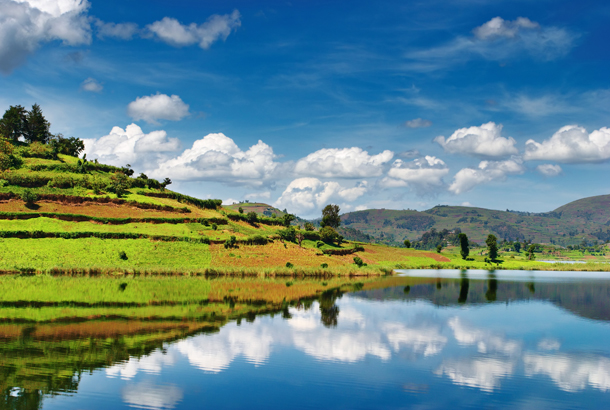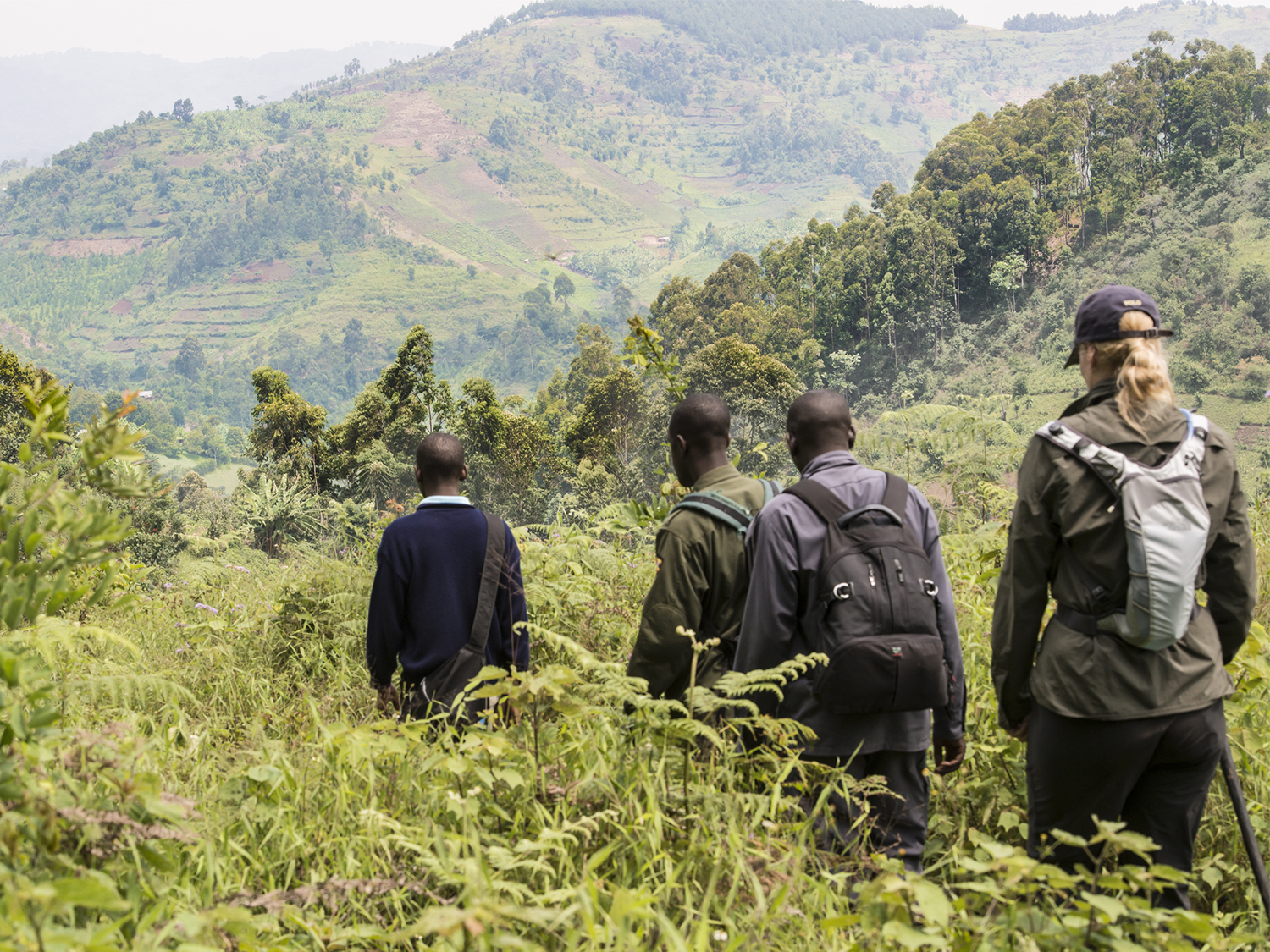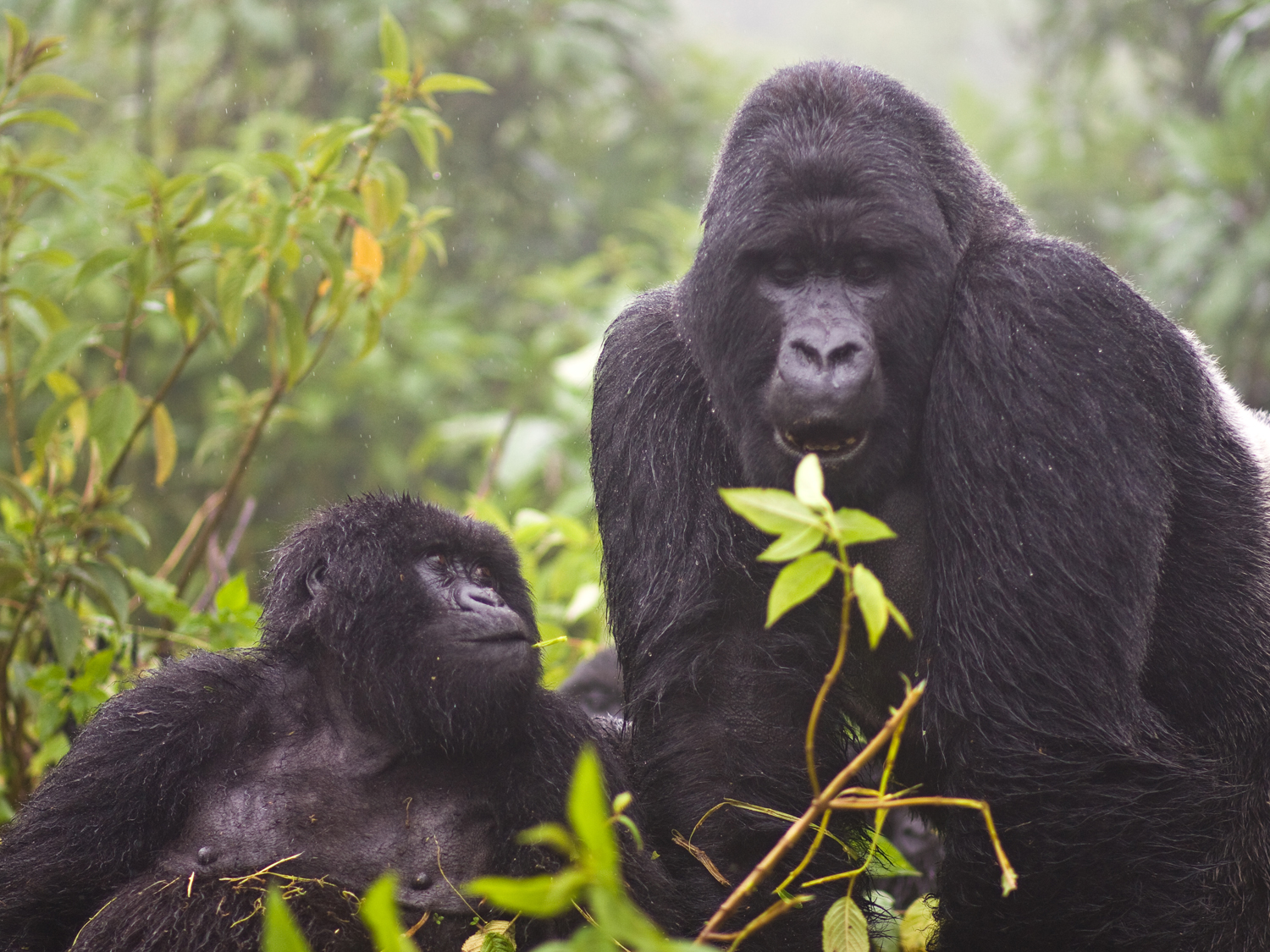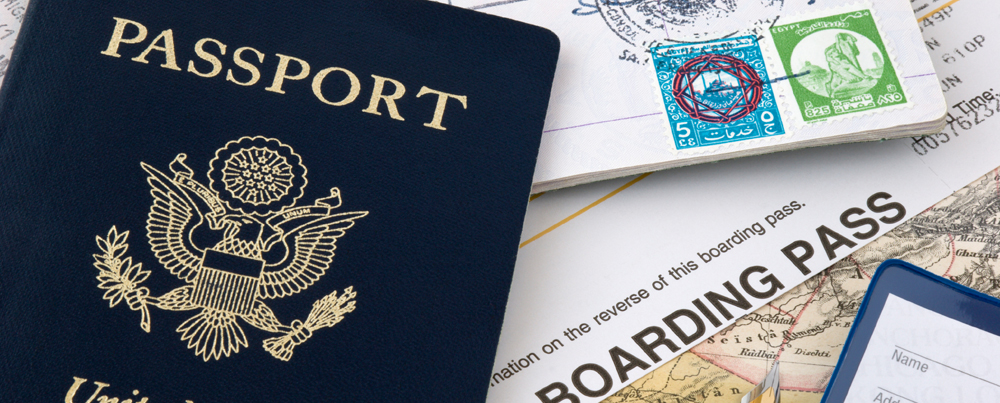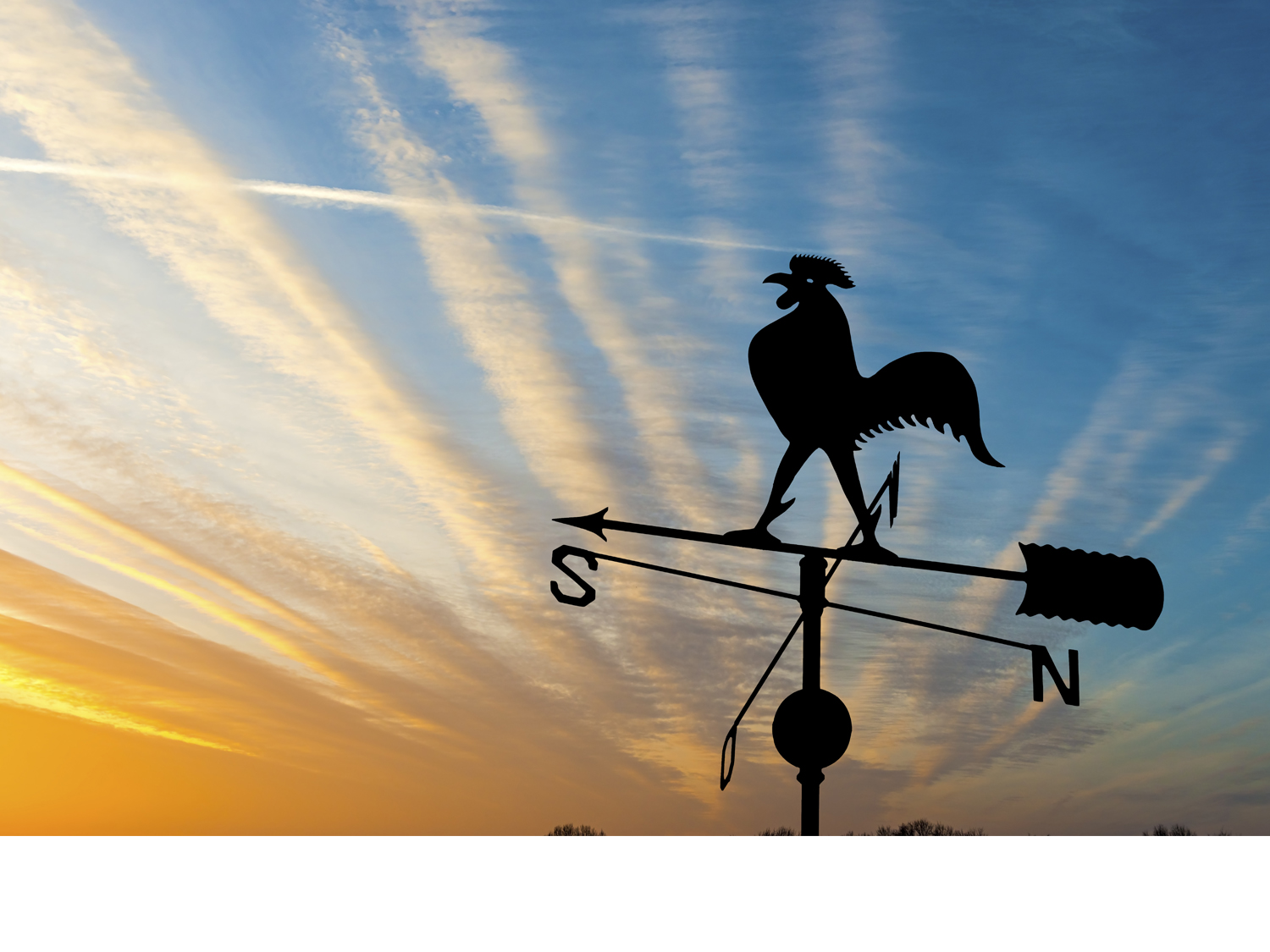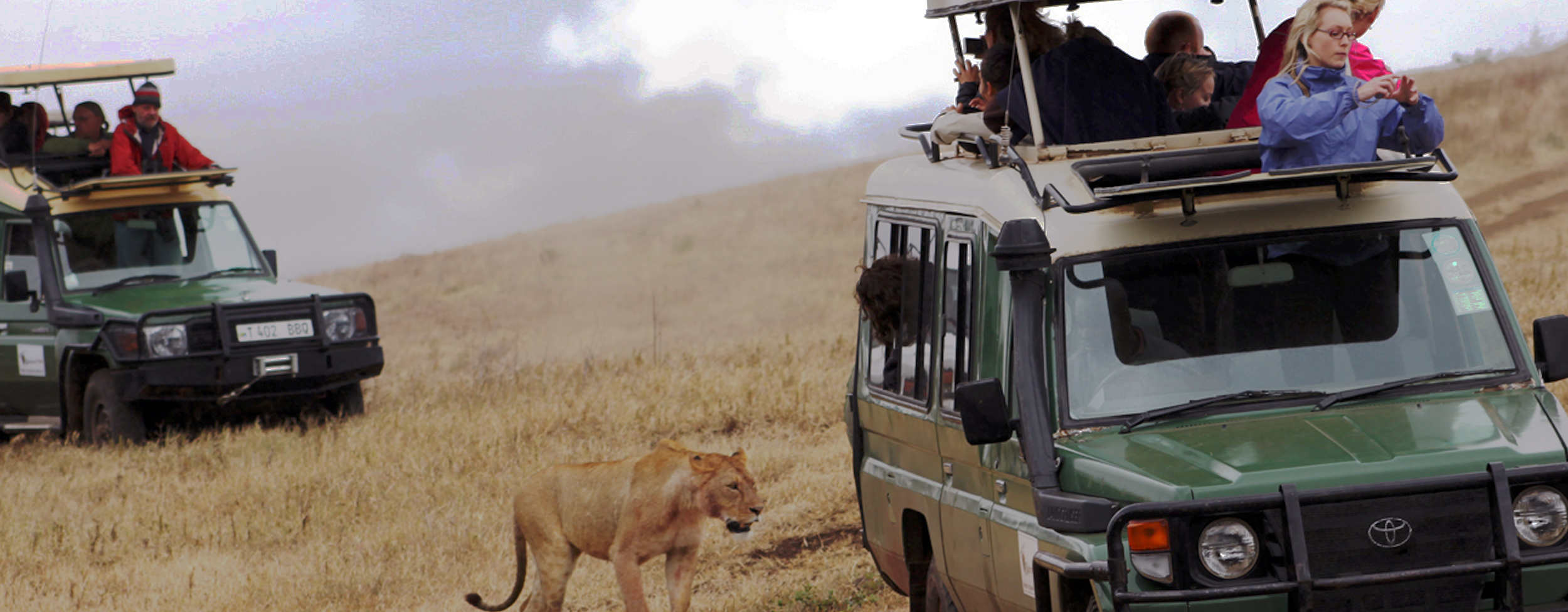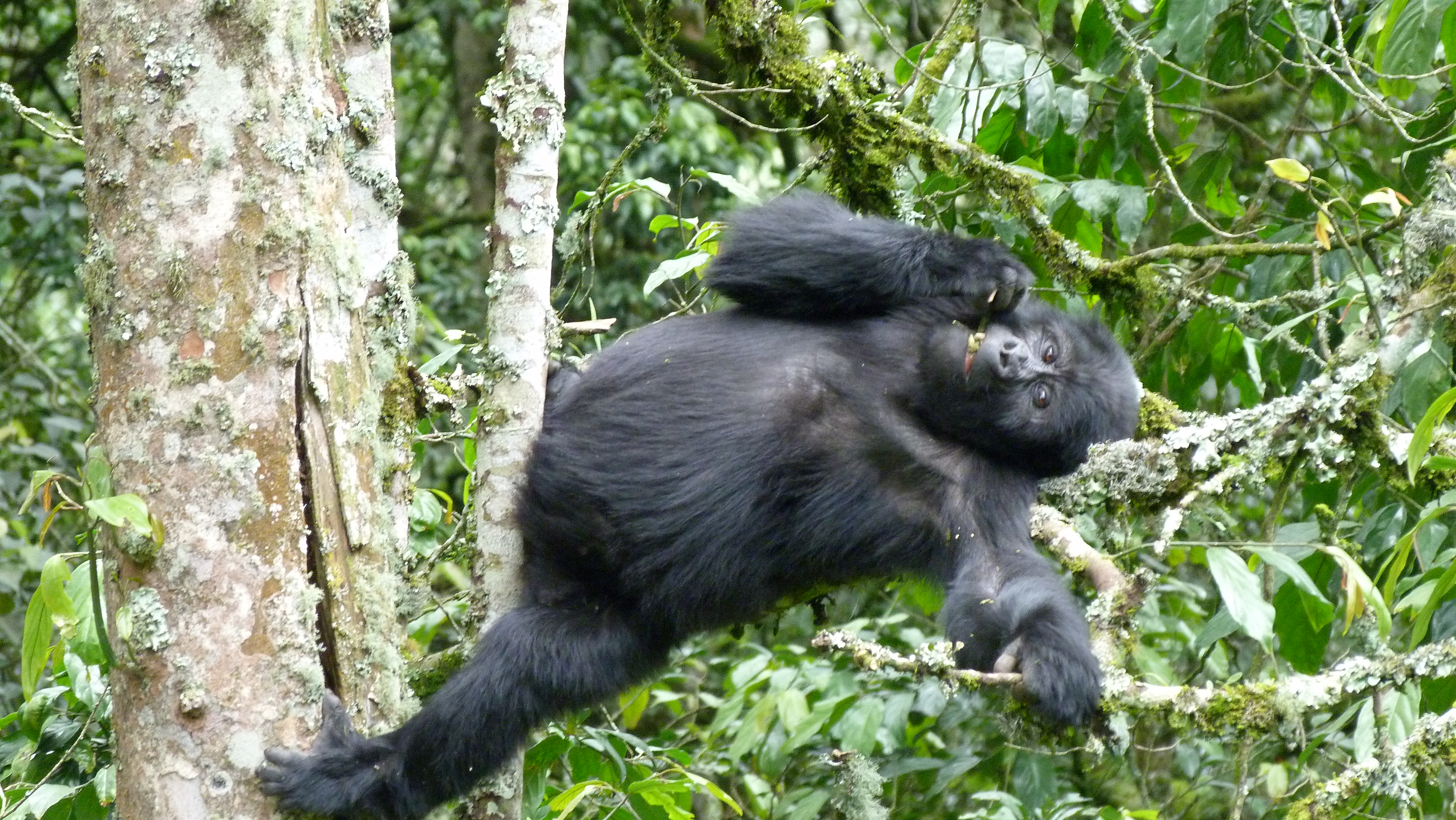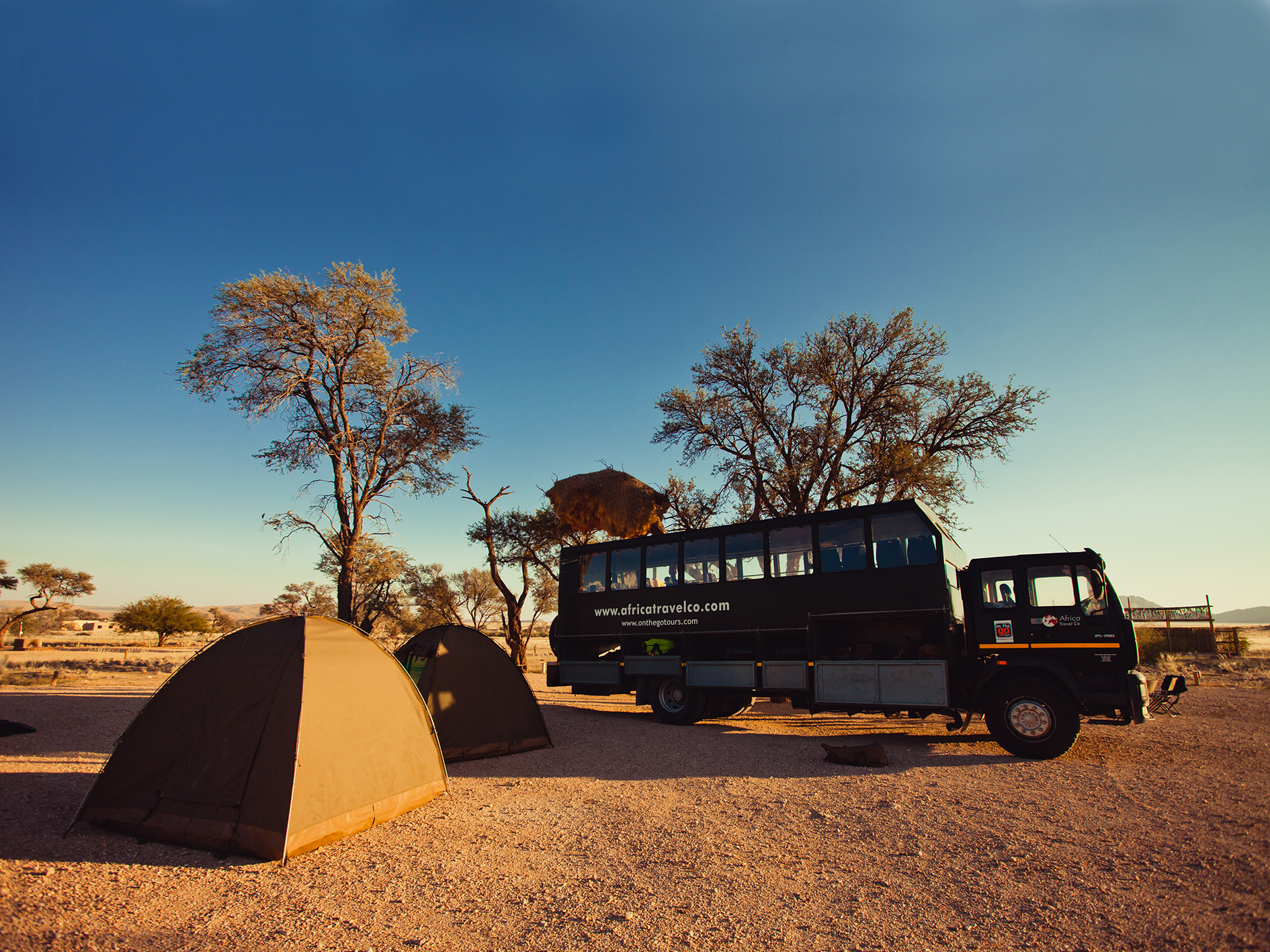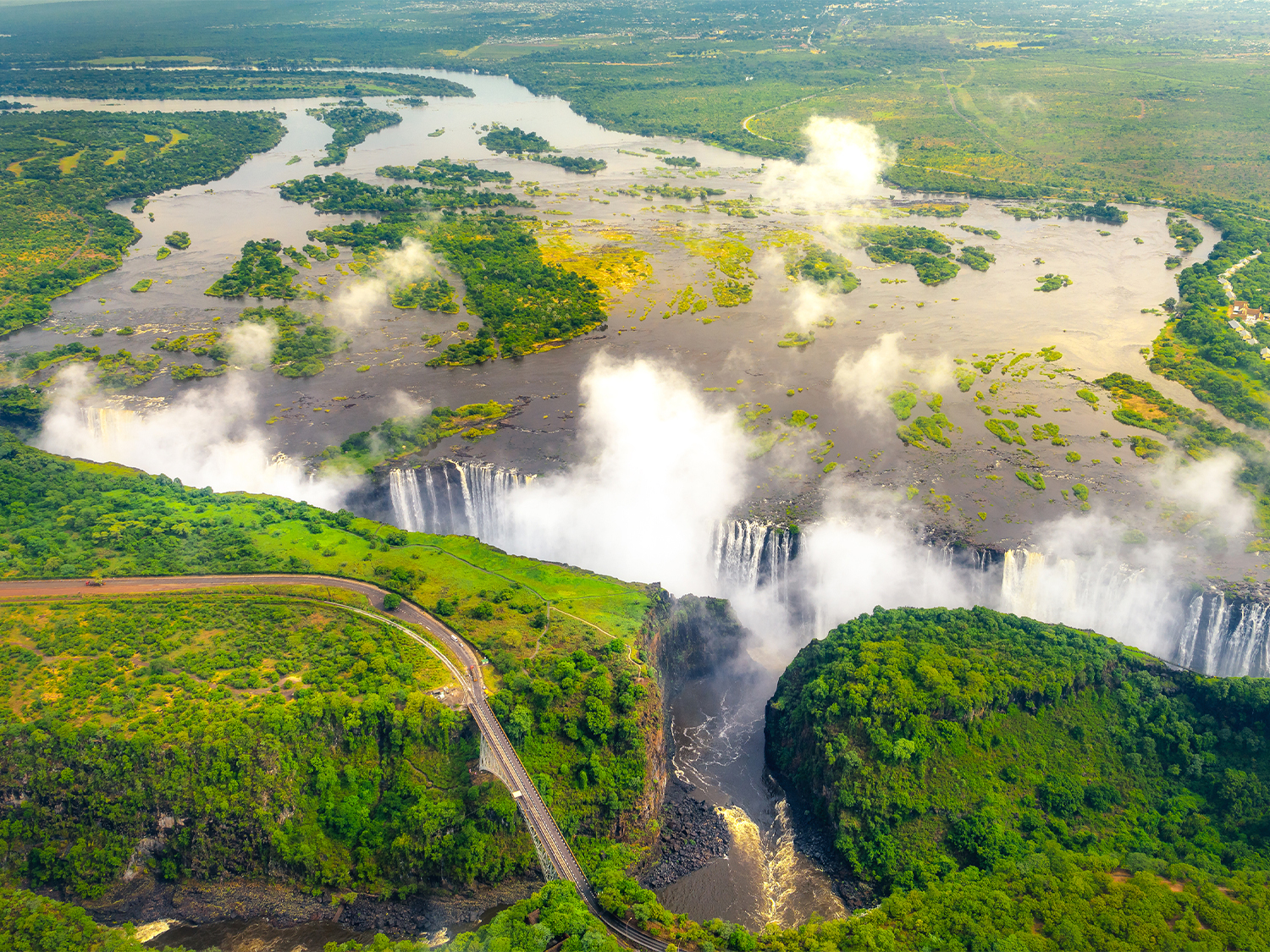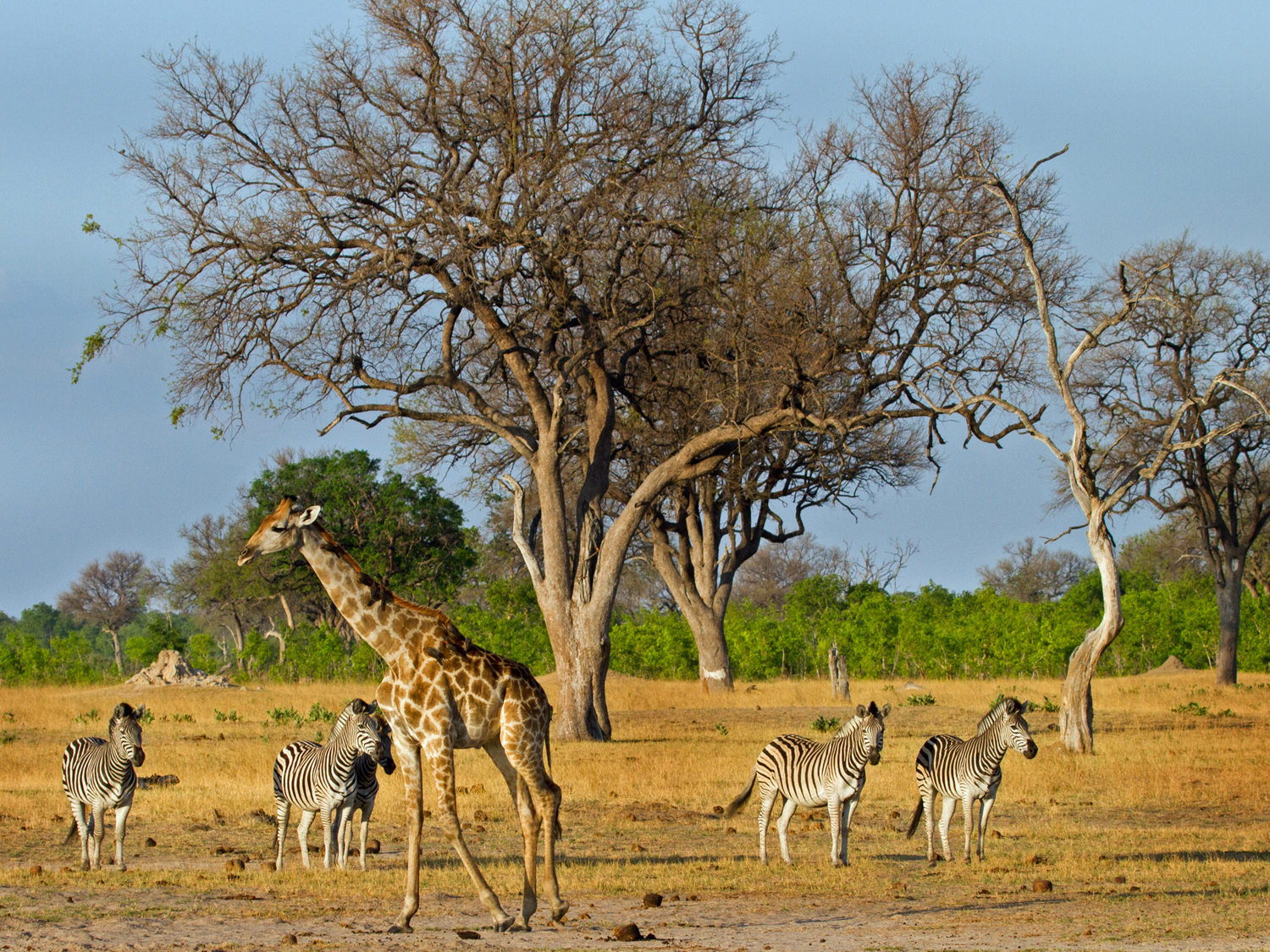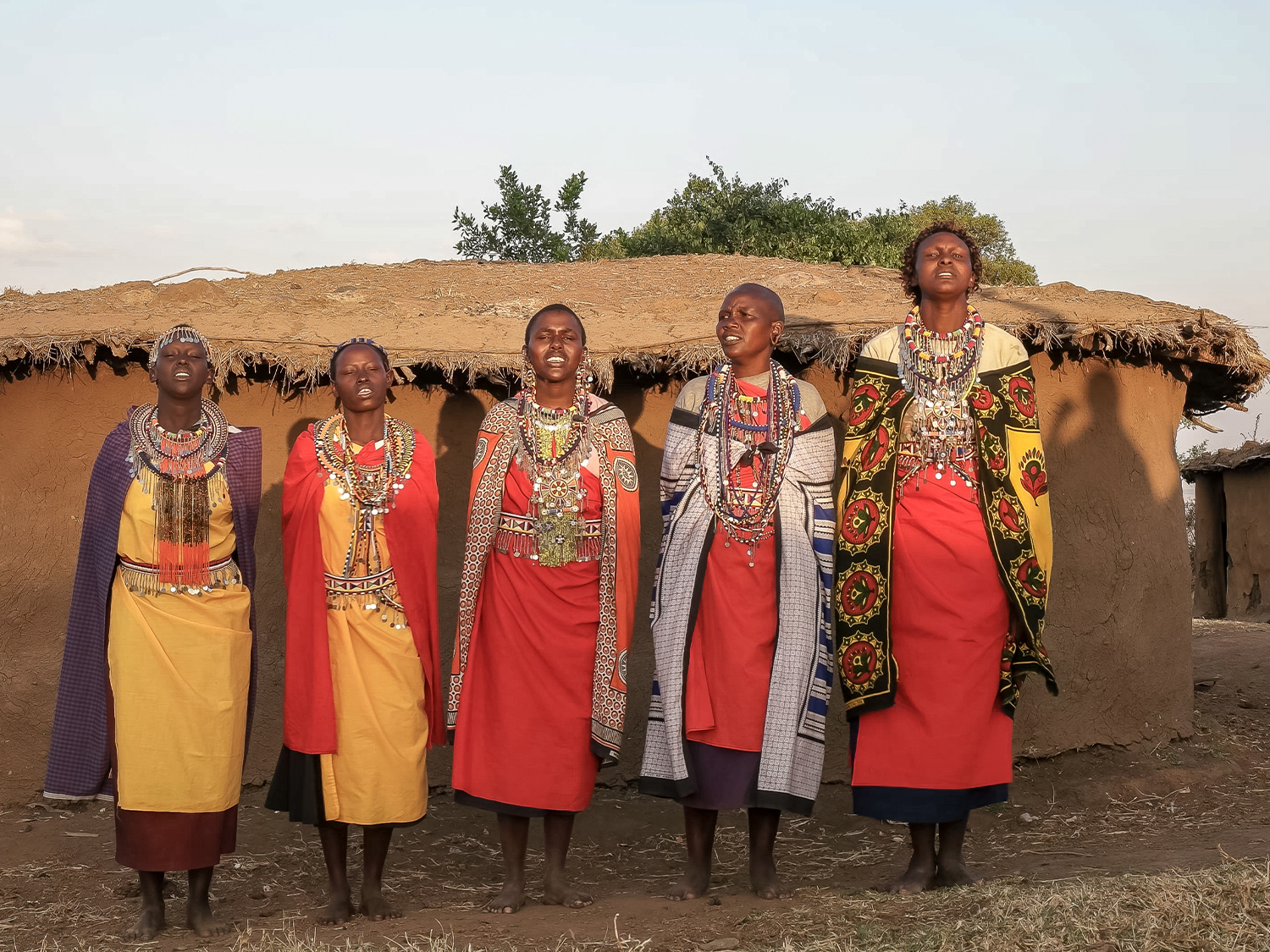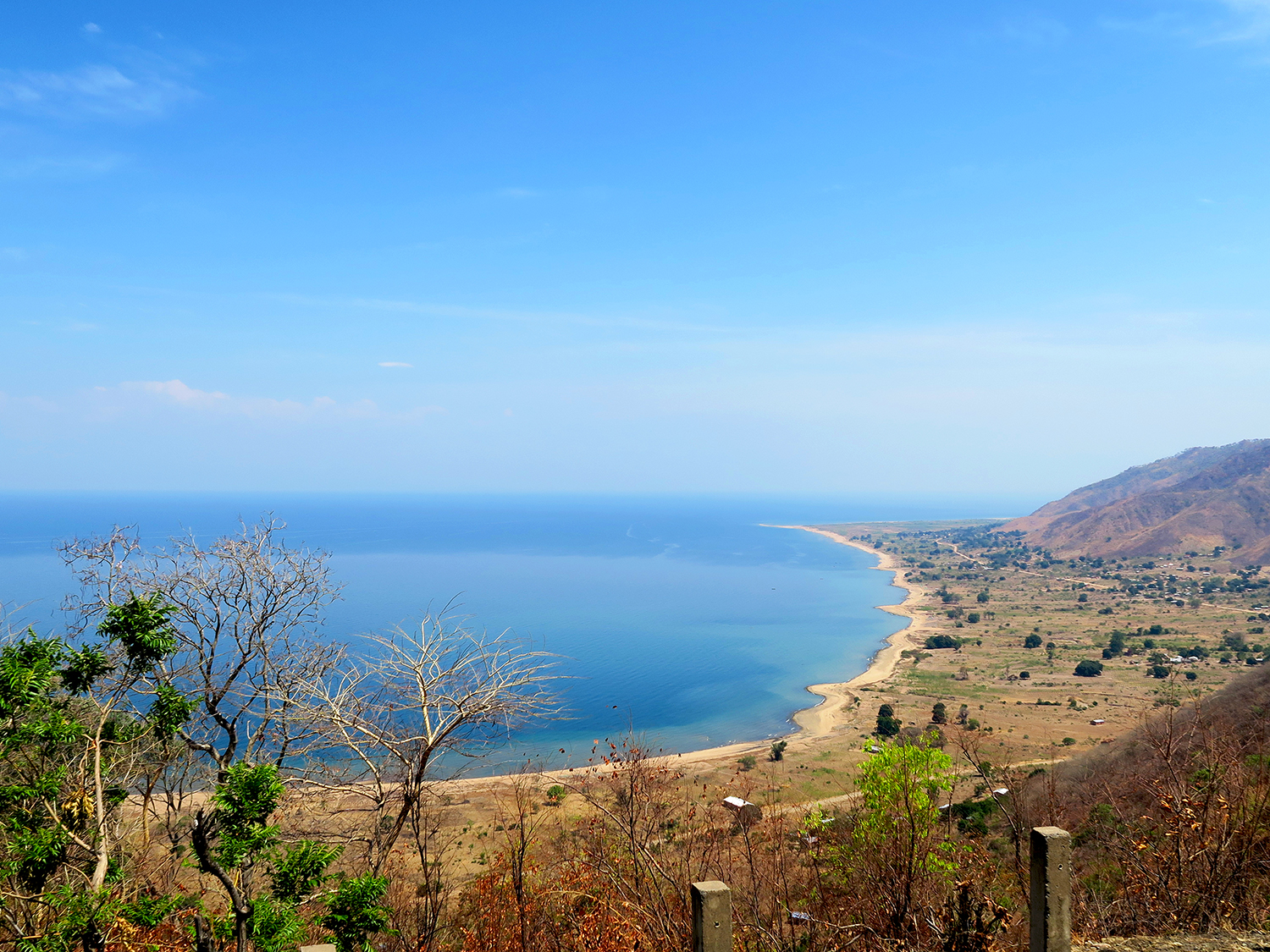Uganda Tours and Gorilla Trekking SafarisSpot rare mountain gorillas on a guided Uganda safari
When do you want to go?
2024
I'm flexible
Passengers
Adults (18+)
Children (0 - 17)
Best Uganda tour offers
Here are our current best offers on tours and safaris to Uganda
Quick Links
About Uganda
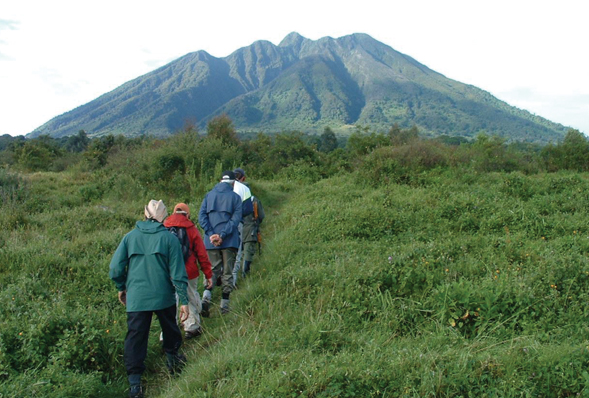
Often referred to as the 'Pearl of Africa' Uganda is a country of striking beauty. Home to many national parks and wildlife reserves the country boasts over 300 species of mammal and more than 1000 species of birds. However, it’s the endangered mountain gorillas that most people visit Uganda to see. Thanks to dedicated conservation efforts there are now around 1,000 of these endangered gorillas in the jungles of Uganda, Rwanda, and DR Congo.
Mountain gorilla trekking, most often in Bwindi Impenetrable National Park, is the highlight of any Uganda tour - though you will need a gorilla permit to do the trek, which we organize for you. The permits are vital in helping finance patrols that are responsible for protecting the gorillas from poachers.
Uganda presents a unique experience and our overland camping safaris and gorilla trekking safaris offer you the chance to get up close and personal with our closest living relatives.
All of our Uganda tours also take in some of the highlights of the African continent; from Tanzania's Serengeti National Park and Kenya's Masai Mara in East Africa, to Namibia's Namib Desert and even Cape Town in South Africa. So whatever kind of trip you are planning, see more of Africa with our range of tours!
Popular Uganda tours
Our Uganda overland safaris travel across much of eastern and southern Africa. Travel is in an overland truck, and camp each night at designated campsites. Everyone in the group will help out with cooking and you'll sleep in twin tents under the stars or you can upgrade to simple accommodation. These trips are fully escorted by a 2-person crew, including a tour leader. The highlight of our Uganda safaris is the mountain gorilla trekking. Our gorilla trekking begins at Lake Bunyonyi and will involve hiking for anywhere between one hour to eight, depending on the location of the gorillas, with a dedicated team of rangers. You will be able to watch these incredible animals from a safe distance before returning to camp. Explore our most popular Uganda tours here.
Frequently asked questions
Why do I have to pay for a gorilla permit on my Uganda gorilla trekking safari?
A mandatory gorilla & chimpanzee trekking permit costing USD $700 or equivalent per person is payable upon booking your trip. This is a charge levied by the Ugandan authorities and applies to all travelers trekking to see gorillas. This money is paid directly and in full to the Ugandan Wildlife Service, whose hard work and dedication to the gorillas has seen their global population rise from dangerous lows in the 1980s. Without this funding, anti-poaching patrols, ranger salaries and other conservation initiatives could not be funded, which would further threaten mountain gorillas. So you are very much doing your bit to protect this species when you book a Uganda safari with us!
Will I have a tour guide on my Uganda safari?
If you join one of our Uganda safari tours, you will be escorted by a qualified tour leader who will act as your guide, as well as another crew member. For the gorilla trek, you will be escorted by fully qualified rangers working for the Ugandan wildlife authorities.
As a solo traveller will I have to pay more to travel to Uganda?
Travelling solo doesn't have to cost more in Uganda. This is why, on our overland camping tours, solo travelers will be matched up with another solo traveler of the same sex, with whom they will share a tent. If there is no other solo traveler of the same sex on the tour, you will have a tent to yourself at no extra cost.
Will I see the Big Five on my Uganda safari?
The Big Five are the five African species most sought after by travelers on an African safari. They are lions, leopards, elephants, rhinos, and buffalo. Although you won't see the Big Five in Uganda, most of our tours take in neighboring countries such as Kenya and Tanzania. There are included wildlife safaris in national parks such as the Serengeti and the Masai Mara, which are both home to the Big Five. In terms of wildlife viewing on our Uganda trips, you'll get to see mountain gorillas in Bwindi Impenetrable National Park or Magahinga National Park. And mountain gorillas are rarer than all of the Big Five! We also visit Queen Elizabeth National Park in Uganda, where you will have the chance to trek to see chimpanzees. Lake Bunyonyi is also home to a variety of rare birds, making it a great spot for some peaceful bird watching. Of course, no wildlife encounters can be guaranteed on our Uganda safaris or our trips to neighboring countries, as wild animals are unpredictable. But you are sure to see some incredible wildlife. And success rates for seeing mountain gorillas are high, as the rangers track them day and night, and normally have a good idea where they are!
Is Uganda a safe destination for travellers from the LGBTQ+ community?
According to the 2022 LGBTQ+ Travel Safety Index, Uganda scores an F rating for LGBTQ+ traveler safety, ranking 173rd out of 203 countries. Same sex marriage is illegal and there are no constitutional or worker protections in place for the LGBTQ+ community. 0 - 25% of consulted citizens consider Uganda a good place to live for gay and lesbian people. Laws prevent the discussion of pro-LGBTQ+ issues and homosexuality became illegal in 2021, punishable with life in prison. This does not mean members of the LGBTQ+ community shouldn’t visit Uganda, but precautions should be taken when travelling. As long as you use common sense, travelling in Uganda shouldn’t be a problem. The LGBTQ+ Travel Safety Index is designed to provide a good overall picture of attitudes towards the LGBTQ+ community in each country and may not reflect the experience of foreign travelers to the country.
About gorilla trekking
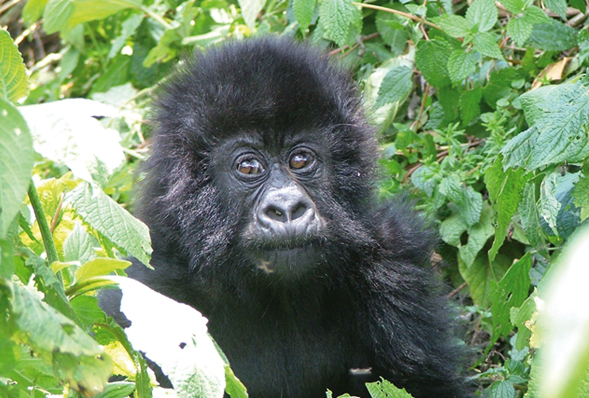
Seeing an endangered mountain gorilla, or more likely a whole family together! in its natural habitat is the highlight of any Uganda tour. The trek starts in the early morning where your rangers will lead you through cultivated lands, then into dense rainforest and as close as is allowed to a gorilla family. The rangers monitor the gorillas on a daily basis and have a fairly good idea of where they are. However, they are free-roaming wild animals, and their sighting cannot be guaranteed. The maximum time permitted to spend with them is 1 hour, this is to ensure the gorillas don’t get too used to human presence, and don't catch any human diseases. This is still plenty of time to watch their activity and take photographs. Trekking can take anywhere from 45 minutes to 8 hours and can be quite strenuous, so a reasonable level of fitness is required.
We have a detailed guide about what to expect from our gorilla trekking walking safaris, including the cost of a gorilla trekking permit, what to expect from the experience, and the best time to go.
The best of Uganda
From the picturesque Lake Bunyonyi to the Bwindi Impenetrable National Park and Magahinga National Park, home to mountain gorillas, here are the main places to visit on your Uganda safari or tour
Lake Bunyonyi
Located near the Rwandan border, Lake Bunyonyi is one of Uganda's hidden gems, and the base for our mountain gorilla trek. It's a picturesque place to spend your time and a popular spot for bird watching, with plenty of hiking and boating opportunities too.
Bwindi Impenetrable National Park
The clue is in the name - impenetrable. This UNESCO World Heritage Site is one of the last strongholds of the mountain gorilla, characterized by steep jungle accessible only on foot - the perfect natural habitat for these elusive apes. As well as gorillas, other animals to see and hear include chimpanzee, forest elephant, and 10 species of monkey.
Magahinga National Park
Magahinga National Park is just a fraction of the size of the Bwindi Impenetrable National Park, at 34 square kilometers. But it is also an important habitat for the mountain gorilla, and is regularly used for gorilla trekking. Much of the park is characterized by bamboo forests, a favorite food of the large primates.
Travel Planning: Before you go
Read our guides to help you plan your trip
Uganda travel guides
Our customers say
Excellent
4.4 out of 5 based on 275 reviews
